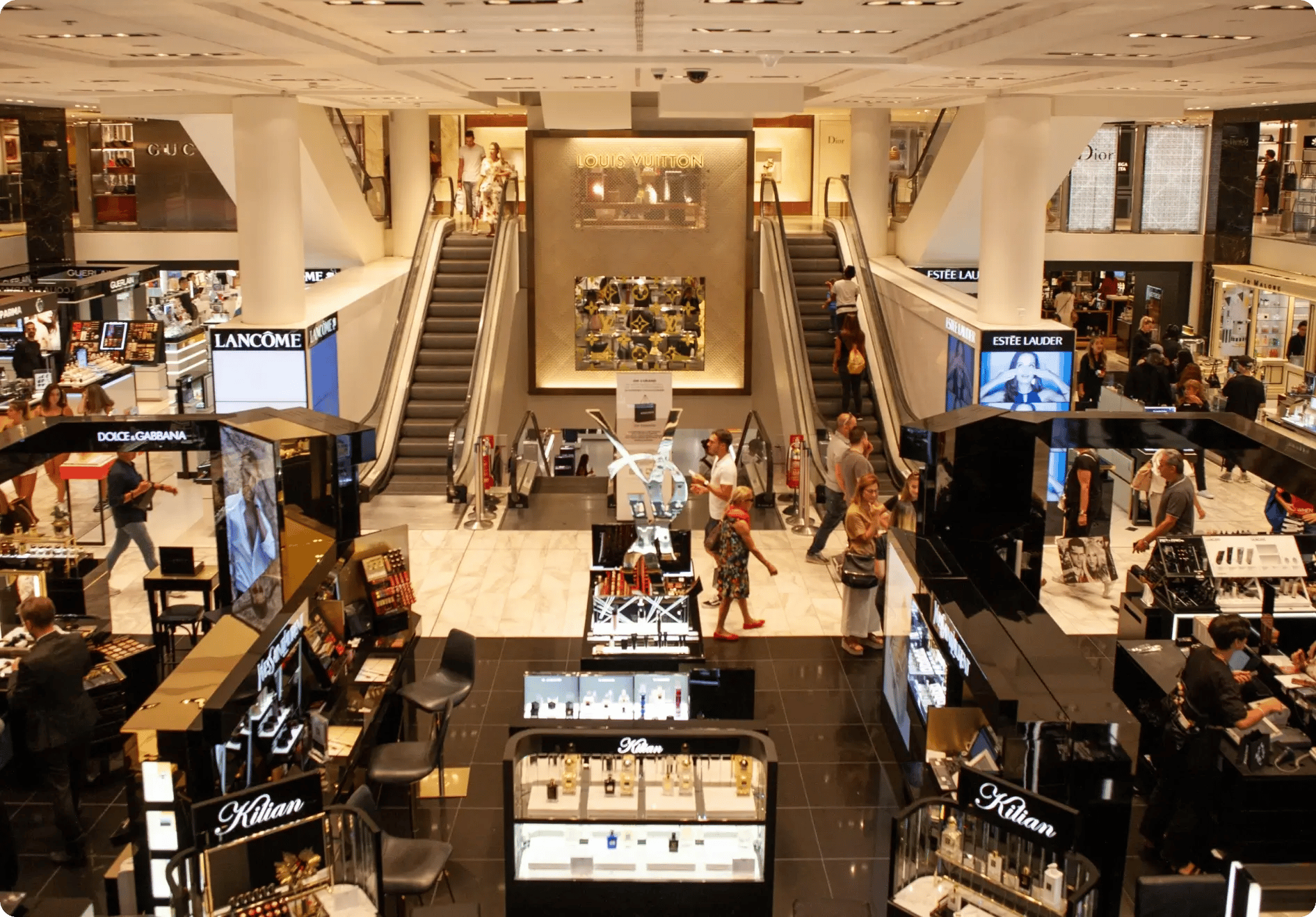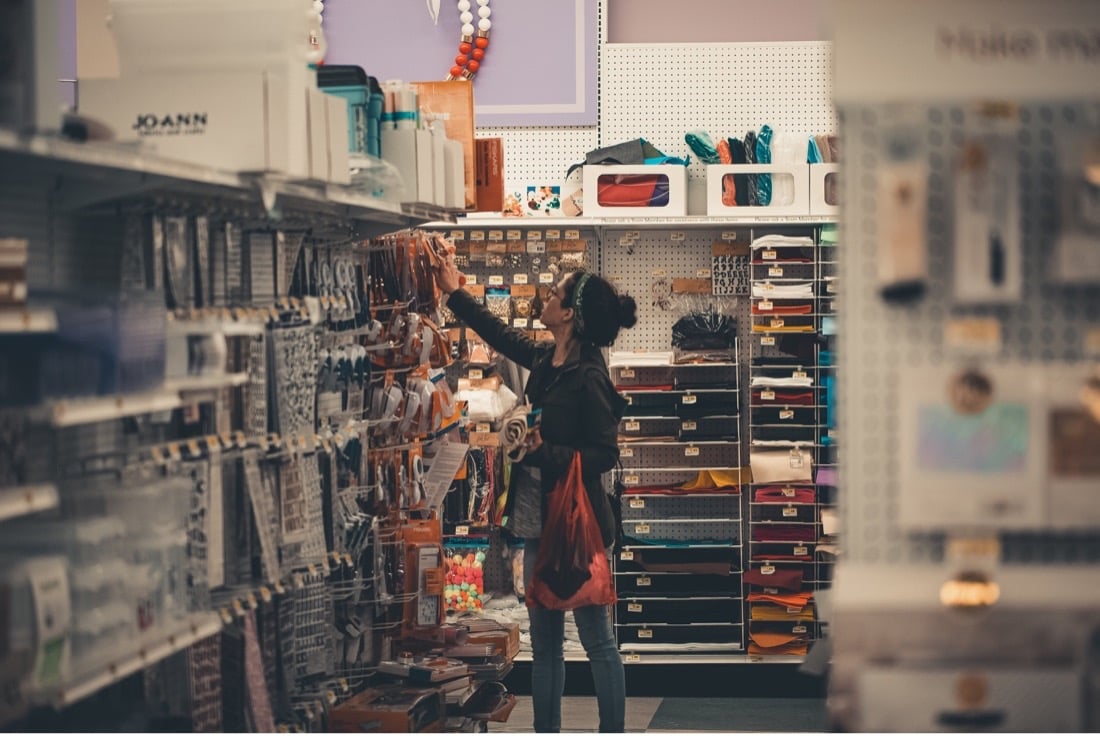However, developments in recent months suggest that bricks-and-mortar stores are not a thing of the past. Instead, people have found many new reasons to return to them during the pandemic, and while e-commerce is experiencing a year-on-year decline, brick-and-mortar stores grew 4.6% year-on-year in February, according to the CSO. However, in order to defend their position on the market and to be able to compete with strong e-commerce in the long term, they cannot do without investments in innovation and technology, especially in the field of efficient inventory handling.
E-commerce is a sector that has experienced a rapid rise in the last two years, but the truth is that the pandemic has rather accelerated a trend that was already visible before it. E-commerce, and in particular the increasingly popular "omnichannel" approach, answers the biggest problems that customers have with shopping in brick-and-mortar stores - it allows them to avoid waiting in queues and, in most cases, can avoid situations where the desired goods are unavailable. One central e-shop warehouse is much easier to keep well stocked than a network of brick-and-mortar stores.


